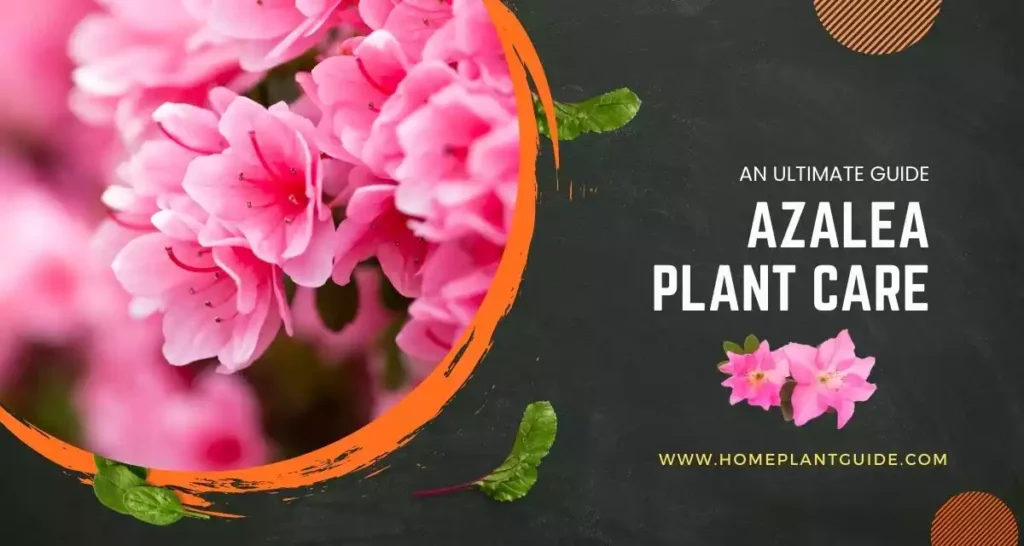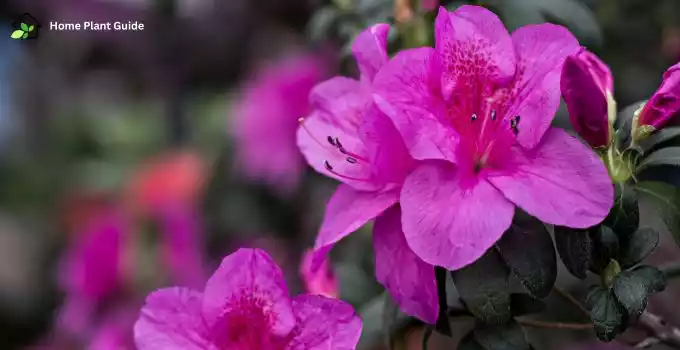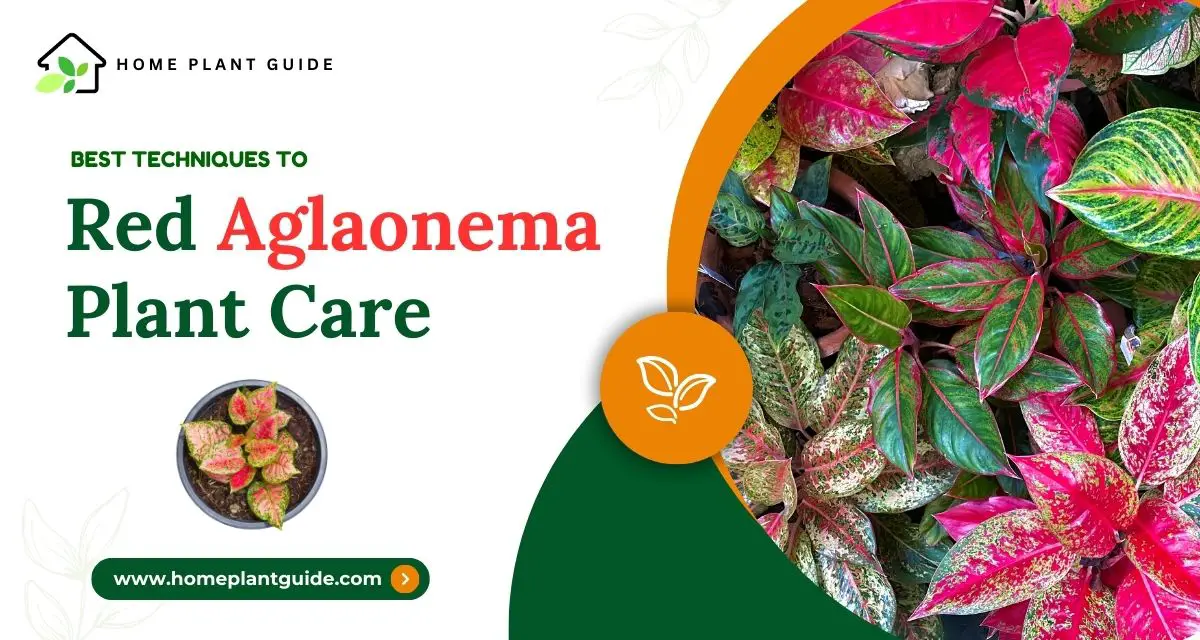The azalea plant is one of the most popular ornamental plants in the world. So you need to know about Azalea Plant Care. They are known for their vibrant colours and sweet fragrance. They are a staple in many gardens. Thanks to their relative hardiness and ease of care.
However, it is important to understand how to keep them healthy and thriving with the right azalea plant care.

Azaleas can provide beautiful blooms and texture to your garden. This will be an enjoyable and rewarding hobby.
In this discussion, we will cover the different types of azaleas, proper care, pruning techniques, and common problems to watch out for.
In This Article
Types of Azalea Plants
Azaleas come in a variety of colours and sizes. They are one of the most popular ornamental plants in the world. Their colourful blooms and varied foliage make them a must-have for many gardens and landscape designs.
Here are some of the different types of azaleas:
Deciduous Azaleas
These azaleas lose their leaves in the fall, leaving only their blooms. They are perfect for creating a colourful spectacle in the spring. Especially when planted in large clusters.

Evergreen Azaleas
These azaleas keep their leaves throughout the year. Providing year-round interest. They can also be used as a ground cover or as a barrier. They are a great choice for shady areas.

Trailers
Trailers are so named because they trail over the top of small walls or fences. They are also easy to grow and maintain.
Dwarf Azaleas

Dwarf azaleas are smaller than standard azaleas. Making them a great choice for small gardens. They bloom just as well as their larger counterparts and require minimal care.
General Characteristics of Azalea Plant
| Characteristic | Description |
|---|---|
| Scientific Name | Rhododendron (subgenus Tsutsusi and Pentanthera) |
| Common Name | Azalea |
| Leaves | Simple, glossy, and elliptical. Margins can be smooth or serrated |
| Flowers | Funnel-shaped or bell-shaped. Colours: white, pink, red, orange, purple, and bi-coloured |
| Bloom Time | Spring (with some varieties blooming in late winter or early summer) |
| Size | Miniature varieties under 1 foot tall to 15 feet tall |
| Light Preference | Filtered sunlight or partial shade |
| Soil Preference | Well-draining, acidic soil |
| Toxicity | All parts of the azalea plant are poisonous to humans and animals if ingested |
| Water Requirement | Regular watering. |
Common Pests and Plant Diseases for Azalea Plant Care
Azaleas can be susceptible to several pests and plant diseases. Preventing these issues can be the key to keeping your plants healthy and thriving.
Here are some of the common pests and diseases to be aware of when growing azaleas:
01. Spider Mites
Spider mites are tiny, web-spinning insects. That can damage the leaves and flowers of azaleas. They are often spotted by a speckled or yellowing pattern on the leaves. They can be controlled by using insecticidal soap or neem oil.
02. Powdery Mildew
Powdery mildew is a common fungus that can affect azaleas. It is often visible by a white powdery texture on the leaves. It can spread quickly if not treated.
It can be controlled by trimming infected leaves, spraying with a fungicide, and providing good air circulation.
03. Thrips
Thrips are small insects that can damage the leaves and flowers of azaleas. They are often spotted by a speckled or yellowing pattern on the leaves. They can also be controlled by using insecticidal soap or neem oil.
04. Root Rot
Root rot is a fungal infection that can occur in overly wet soil. It is often caused by poor drainage or overwatering.
This can lead to wilting, stunted growth, and eventually death. Ensure proper drainage and avoid overwatering to prevent root rot.
Indoor Azalea Care in Winter
Azaleas, with their vibrant blooms, bring a touch of cheer to the winter months. But unlike their outdoor cousins, these indoor beauties require special care during the colder season. Here are some tips to ensure your azalea thrives through winter and continues to brighten your home:
Light it up
While azaleas appreciate light, harsh winter sun can be detrimental. Opt for a bright, east-facing window that provides gentle morning light and afternoon shade. Avoid south-facing windows that can scorch leaves.
Keep it Cool, Calm and Collected
Unlike most houseplants, azaleas prefer cooler temperatures. Aim for an ideal range of 60-65°F (15-18°C). Avoid placing them near heat vents or drafty windows, as this can stress the plant.
Moisture Matters
Azaleas dislike dry soil, but be mindful of overwatering as well. The key is to maintain consistent moisture. Check the soil every few days, and water thoroughly when the top inch feels dry to the touch. Allow excess water to drain freely to prevent root rot.
Maintain humidity
Dry winter air can be harsh on azaleas. To increase humidity, place the pot on a pebble tray filled with water, ensuring the pot doesn’t sit directly in the water. Alternatively, use a room humidifier to create a more moisture-rich environment.
Hold on to the fertilizer
During winter, azaleas are in a dormant state and don’t require fertilization. Resume feeding only after the risk of frost has passed and new growth appears, typically in early spring.
Bonus Tip
Prune for a Fuller Future
Once your azalea has finished blooming, gently pinch off spent flowers to encourage bushier growth and even more blooms next season.
How to Get Azaleas to Bloom?
Azaleas bloom in the spring and can be one of the most beautiful plants in your garden. Here are some tips on how to get your azaleas to bloom:
Plant in the right place
Azaleas need partial shade to grow. Make sure you plant them in a place where they will get several hours of morning sunlight and then have afternoon shade.
Prune appropriately
Azaleas will flower on both old and new wood. It is important to prune them appropriately. Only prune in late fall or early winter. You want to avoid removing too much of the plant and stressing it out.
Fertilize and feed
Azaleas need acidic and well-draining soil. So add peat moss or pine needles to your soil when planting.
You will also need to provide a balanced fertilizer in early spring to promote blooming.
Water wisely
Azaleas need a constant and even supply of water during hot and dry weather. They are prone to rotting in overly wet conditions.
Please ensure your azaleas are getting enough water without overwatering them.
Watch the temperature
Azaleas need cool nights to induce the bloom. You may want to cover your azaleas at night to simulate a cooler climate and encourage blooming if your region is experiencing warmer temperatures.

What Do Azalea Flowers Look and Smell Like?
Azaleas are known for their stunning flowers. Which can come in a variety of colours. Ranging from light pink to deep maroon.
The blooms typically measure about 2 inches across and can be found in clusters or singly on the branches of the plant.

Azalea flowers are not only beautiful to look at but also provide a pleasant scent in the air with delicate petals and a sweet fragrance.
The flowers usually appear in late winter or early spring. This depends on the specific variety and the growing conditions in your region.
Pruning
Pruning is an essential part of care to keep your azalea plants happy and healthy. The timing and the technique for pruning azaleas may vary depending on the variety and the climate conditions. However, the general rules for pruning azaleas are:
Rule 01: Choose perfect timing
Prune azaleas in late fall or early winter. This will help prevent damage to the plant’s growth and structure. Especially if the weather conditions are harsh.
Rule 02: Follow the correct techniques
- Use a sharp, clean pruning saw or shears to remove up to a third of the previous season’s growth for deciduous azalea.
- Remove any dead or damaged branches.
- Pruning should focus on removing dead, crossed, or broken branches for deciduous azaleas.
- Remove no more than a third of the previous year’s growth.
Rule 03: Shape
- Azaleas can be pruned into various shapes. This includes spherical, oval, or conical.
- Choose the shape that best fits your needs.
- Taking into account the size and shape of your plant and the available space in your garden.
Rule 04: Feeding
It is a good idea to apply a balanced fertilizer specifically formulated for azaleas after pruning your azaleas.
This will help promote healthy growth and encourage blooming in the spring.
Pro Tips
Proper placement
Plant azaleas in areas with partial shade and at least 18 inches away from other plants.
Fertilizer and feeding
Feed azaleas in early spring with a balanced fertilizer. Use the Azalea Special Mix which provides targeted nutrition.
Pruning
Prune azaleas in late winter or early spring to remove dead, broken, and crossed branches. Trim new growth to keep the plant tidy and encourage blooming.
Watering
Water azaleas regularly during dry periods. Avoid overwatering which can lead to root rot.
Control from pests and diseases
Watch out for powdery mildew, root rot, thrips, and deer browsing. Treat as necessary to prevent damage.
Conclusion
Azaleas are a beautiful and popular addition to many gardens. They are relatively easy to care for. But proper care, such as feeding, pruning and preventing pests is essential in maintaining a healthy azalea plant.
Azaleas can provide years of stunning blooms with the right approach and techniques. They are a great choice for those looking for a low-maintenance ornamental plant.
FAQ:
Q. Can I plant azaleas in the shade?
Yes, Azaleas prefer at least partial shade. So they can be planted under trees or along a fence. However, they should not be planted in full shade.
Q. Do azaleas require regular watering?
Yes, azaleas require regular watering during dry periods to keep the soil moist. However, avoid overwatering as this can lead to root rot.
Q. Can I over-prune azaleas?
Over-pruning azaleas can weaken the plant and reduce flowering. It is best to remove no more than a third of the previous year’s growth and to avoid cutting into live tissue.
Read More Healthy Plantation Tips:






Howdy would you mind sharing which blog platform you’re working with?
I’m planning to start my own blog in the near future but I’m having a hard
time making a decision between BlogEngine/Wordpress/B2evolution and Drupal.
The reason I ask is because your design seems different then most blogs
and I’m looking for something unique. P.S Sorry for getting off-topic
but I had to ask!
Hi,
Please contact with us through our email.
Email: homeplantguide@gmail.com